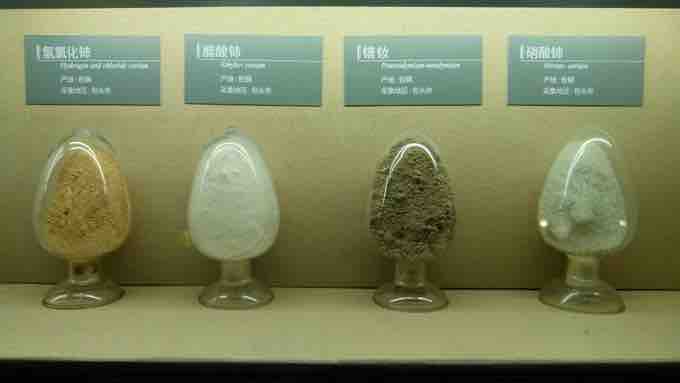The resource-based view (RBV) of strategy holds company assets as the primary input for overall strategic planning, emphasizing the way in which competitive advantage can be derived via rare resource combinations. To transform a short-run competitive advantage into a sustained competitive advantage requires that these resources are heterogeneous in nature and not perfectly mobile. Effectively, this principle translates into valuable resources that are cannot be either imitated or substituted without great effort. If the firm's strategy emphasizes and accomplishes this goal, its resources can help it sustain above-average returns.
Applicability to Strategy
In many ways, business strategy aims to achieve competitive advantage through the proper use of organizational resources. As a result, the resource-based view offers some insight as to what defines strategic resources and furthermore what enables them to generate above-average returns (profit). Upper management must carefully consider what resources are at the company's disposal and how these assets may equate to operational value through strategic processes.
The VRIN Characteristics
In achieving a competitive advantage, the resource-based view defines characteristics which make a competitive process sustainable. These characteristics are described as valuable, rare, inimitable, and non-substitutable, referred to as VRIN:
- Valuable – A resource must enable a firm to employ a value-creating strategy by either outperforming its competitors or reducing its own weaknesses. The value factor requires that the costs invested in the resource remain lower than the future rents demanded by the value-creating strategy.
- Rare – To be of value, a resource must be rare by definition. In a perfectly competitive strategic factor market for a resource, the price of the resource will reflect expected future above-average returns.
- Inimitable – If a valuable resource is controlled by only one firm, it can be a source of competitive advantage. This advantage can be sustained if competitors are not able to duplicate this strategic asset perfectly. Knowledge-based resources are "the essence of the resource-based perspective."
- Non-substitutable – Even if a resource is rare, potentially value-creating and imperfectly imitable, of equal importance is a lack of substitutability. If competitors are able to counter the firm's value-creating strategy with a substitute, prices are driven down to the point that the price equals the discounted future rents, resulting in zero economic profits.
A company should care for and protect resources that possess these characteristics, because doing so can improve organizational performance. The VRIN characteristics mentioned are individually necessary, but each is insufficient on its own to sustain competitive advantage. Within the framework of the RBV, the chain is as strong as its weakest link, and therefore requires the resource to display each of the four characteristics to be a viable strategy for competitive advantage.

Example of VRIN resources
Rare earth elements satisfy the requirements of being VRIN, in that they are valuable, rare, largely inimitable due to few extraction sites, and difficult to substitute.